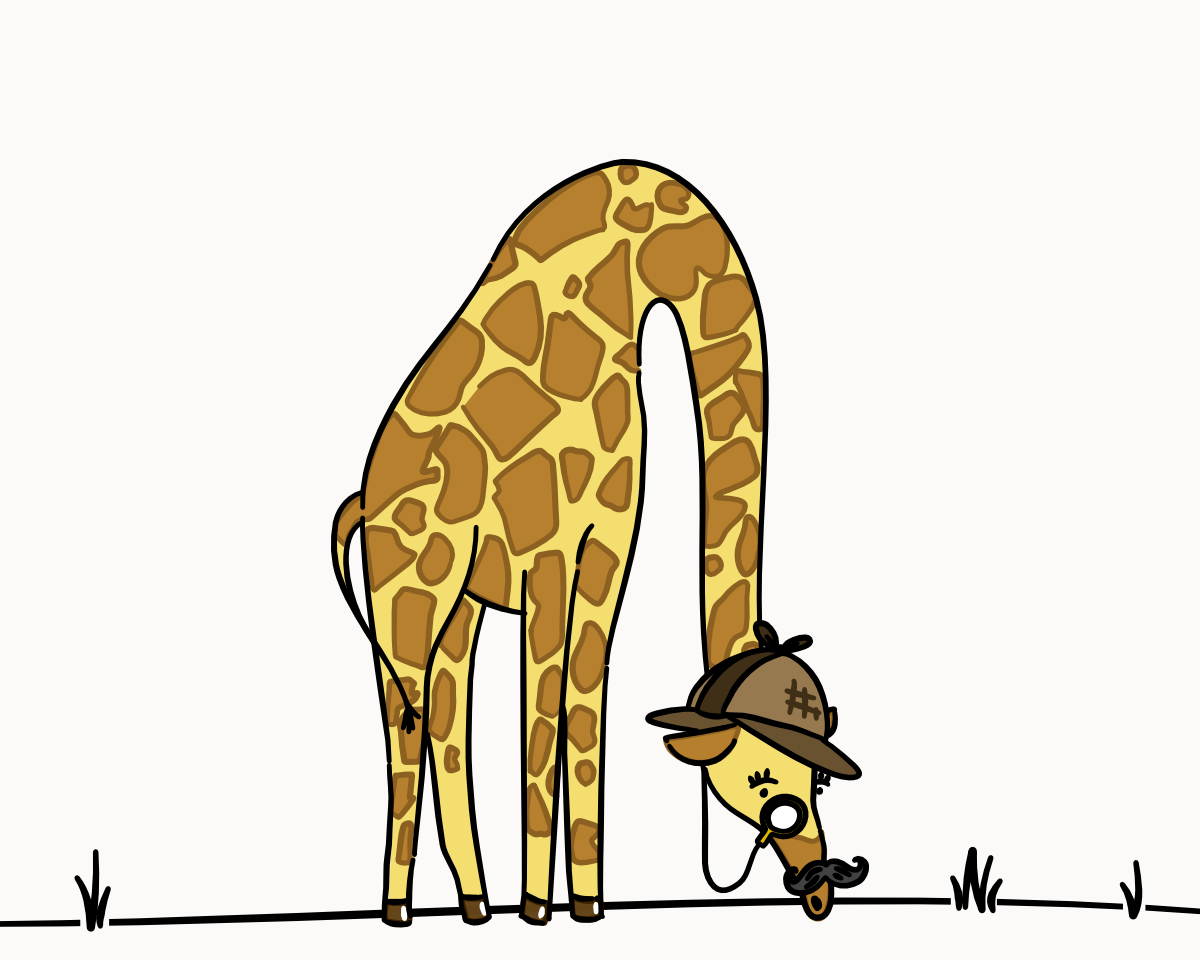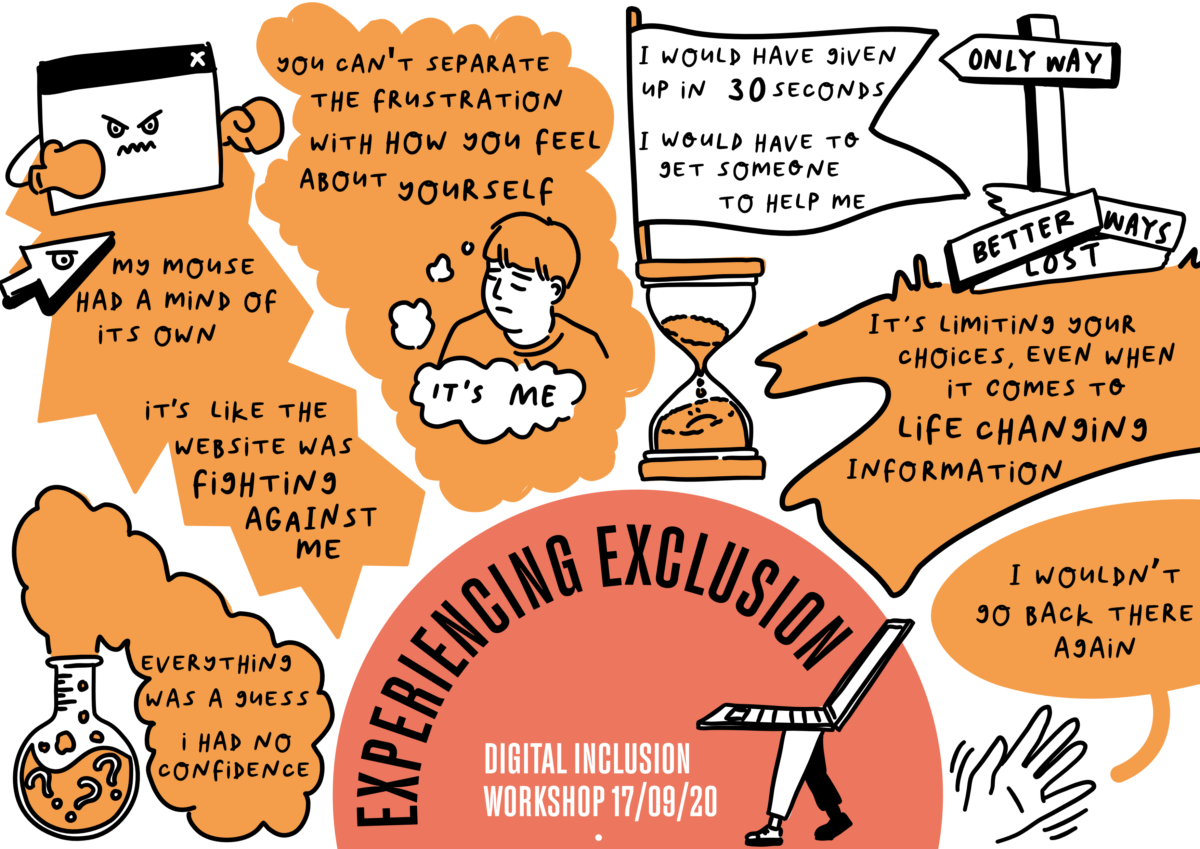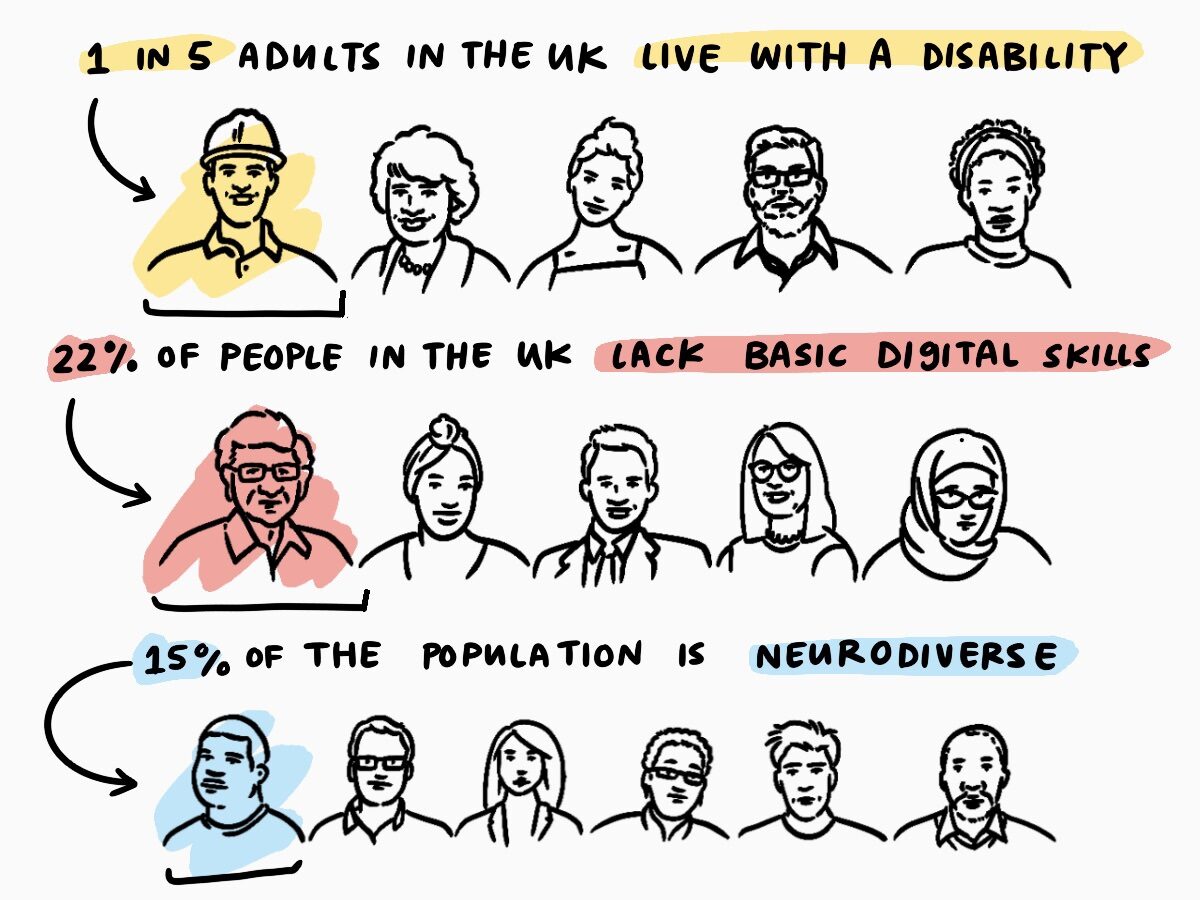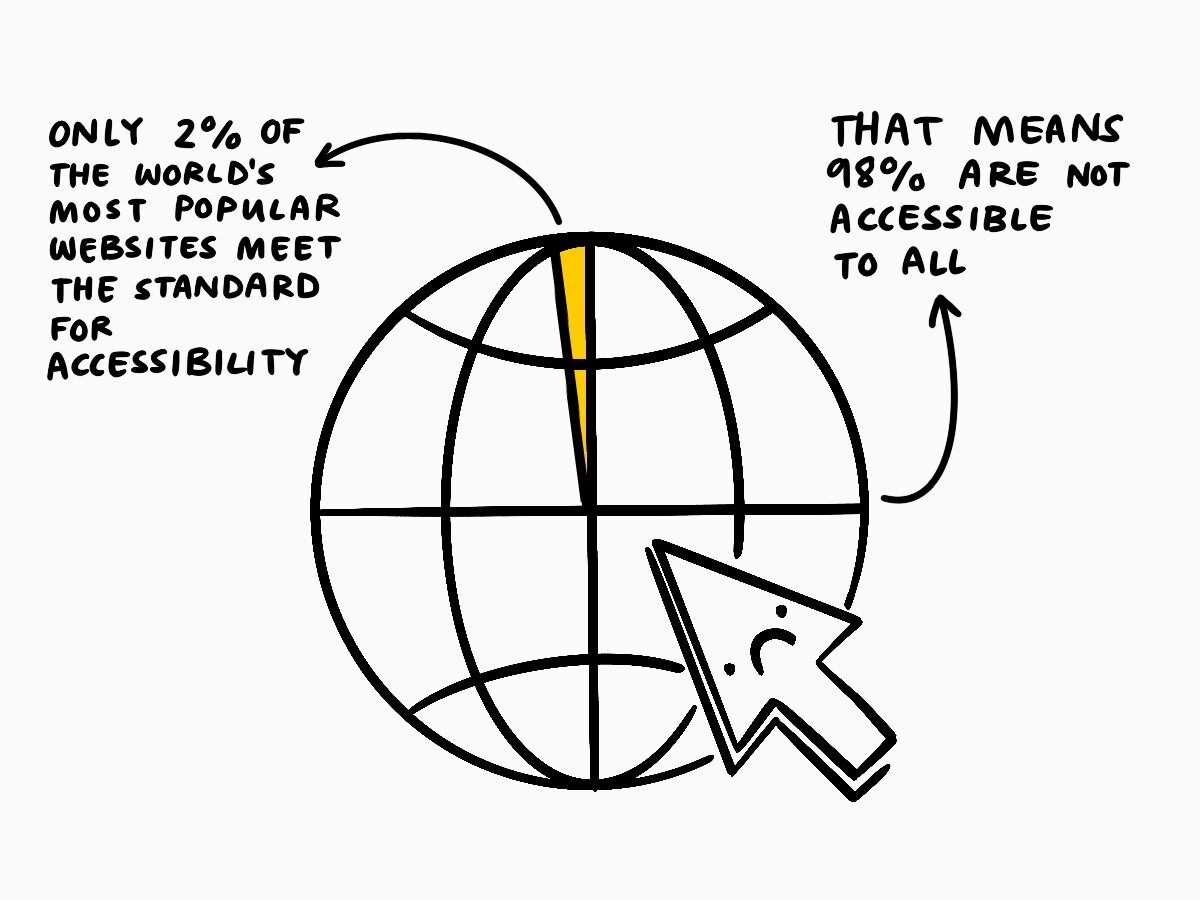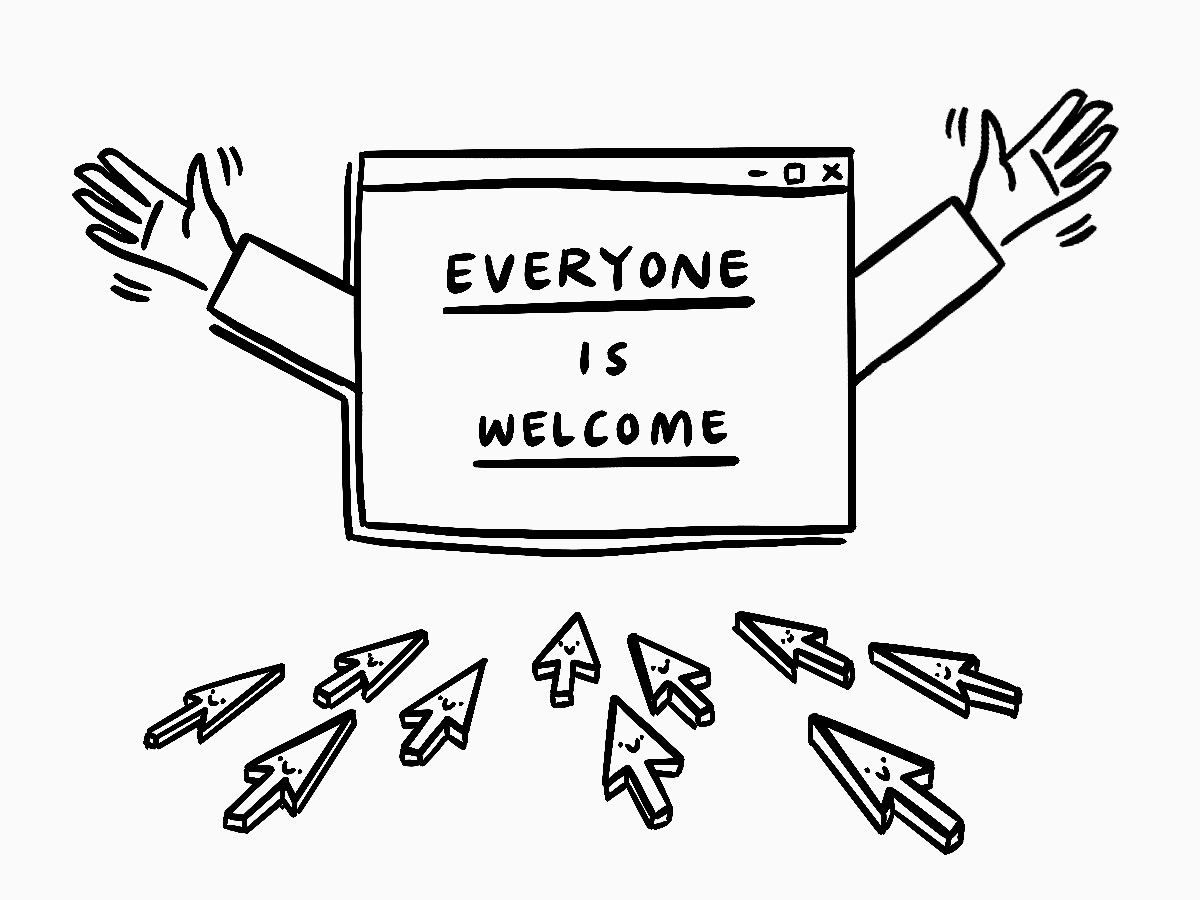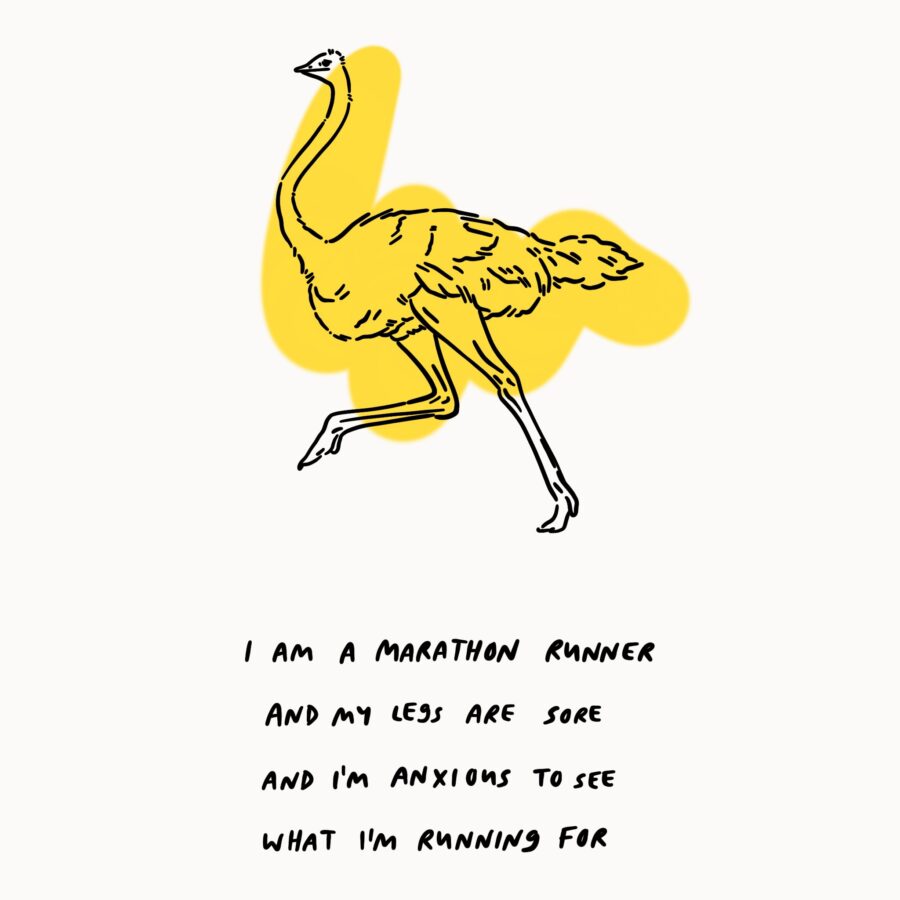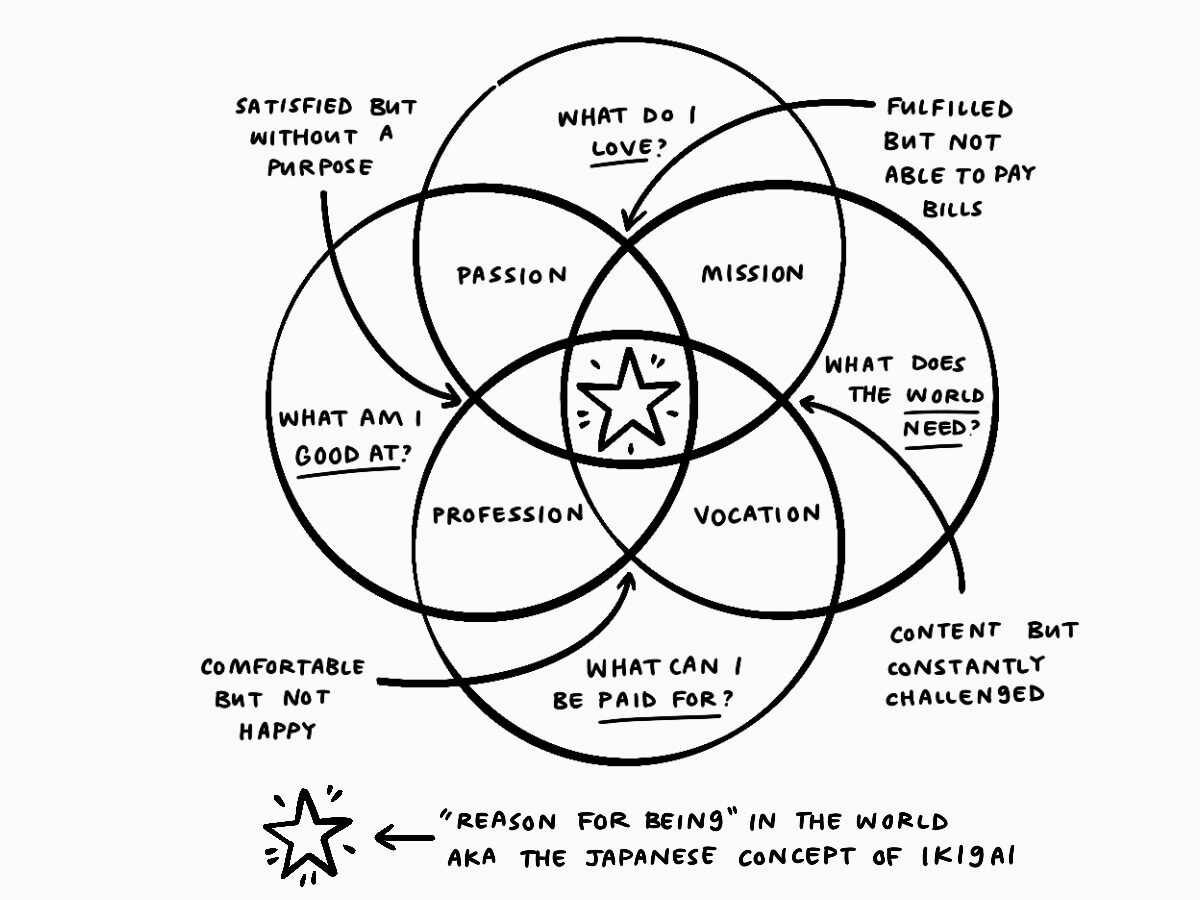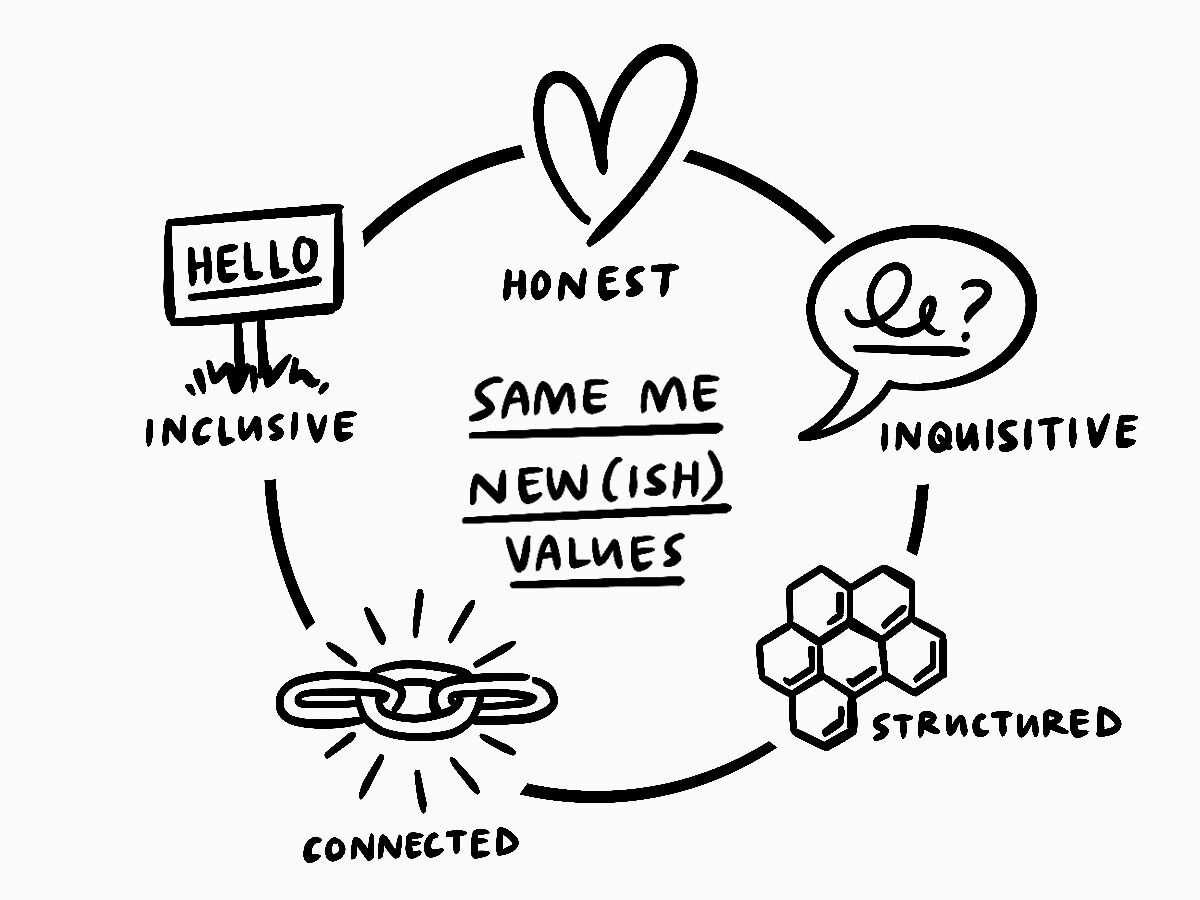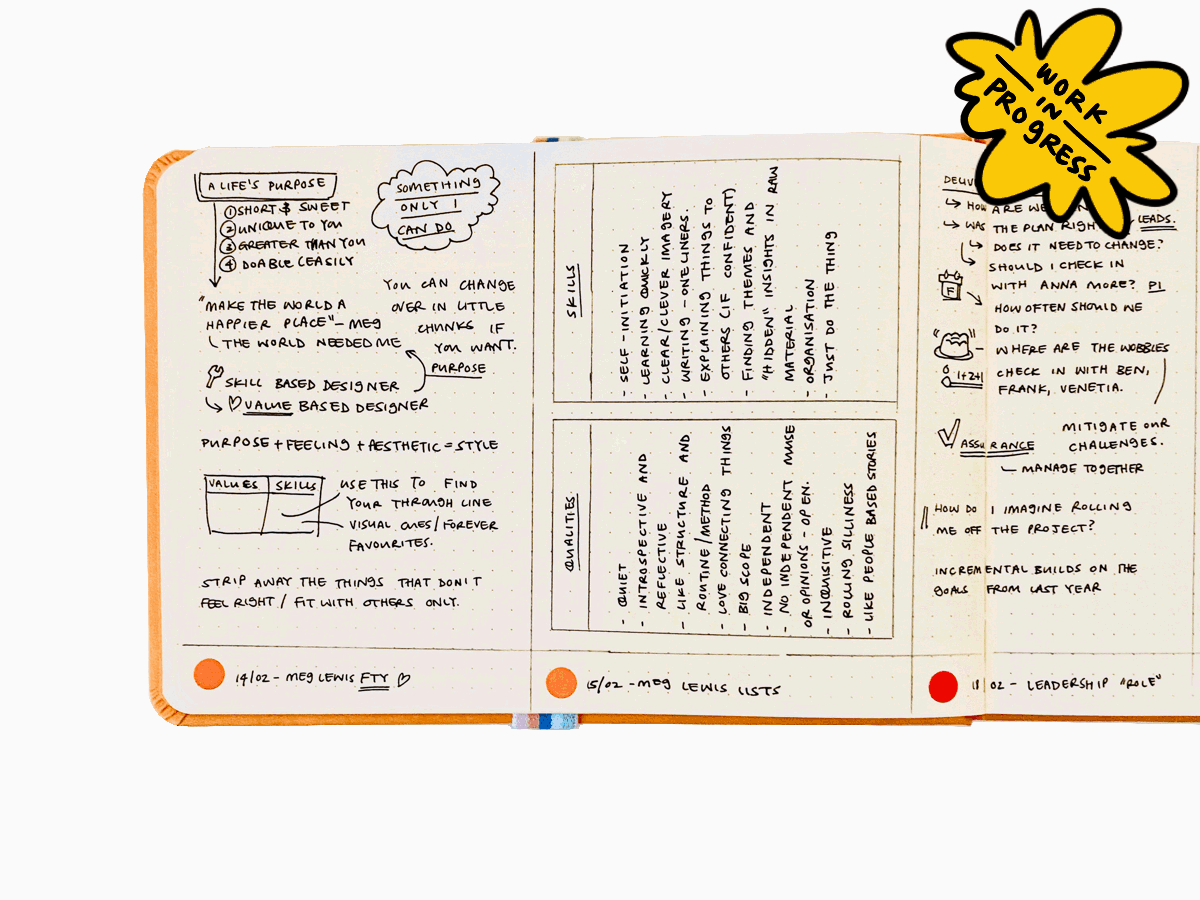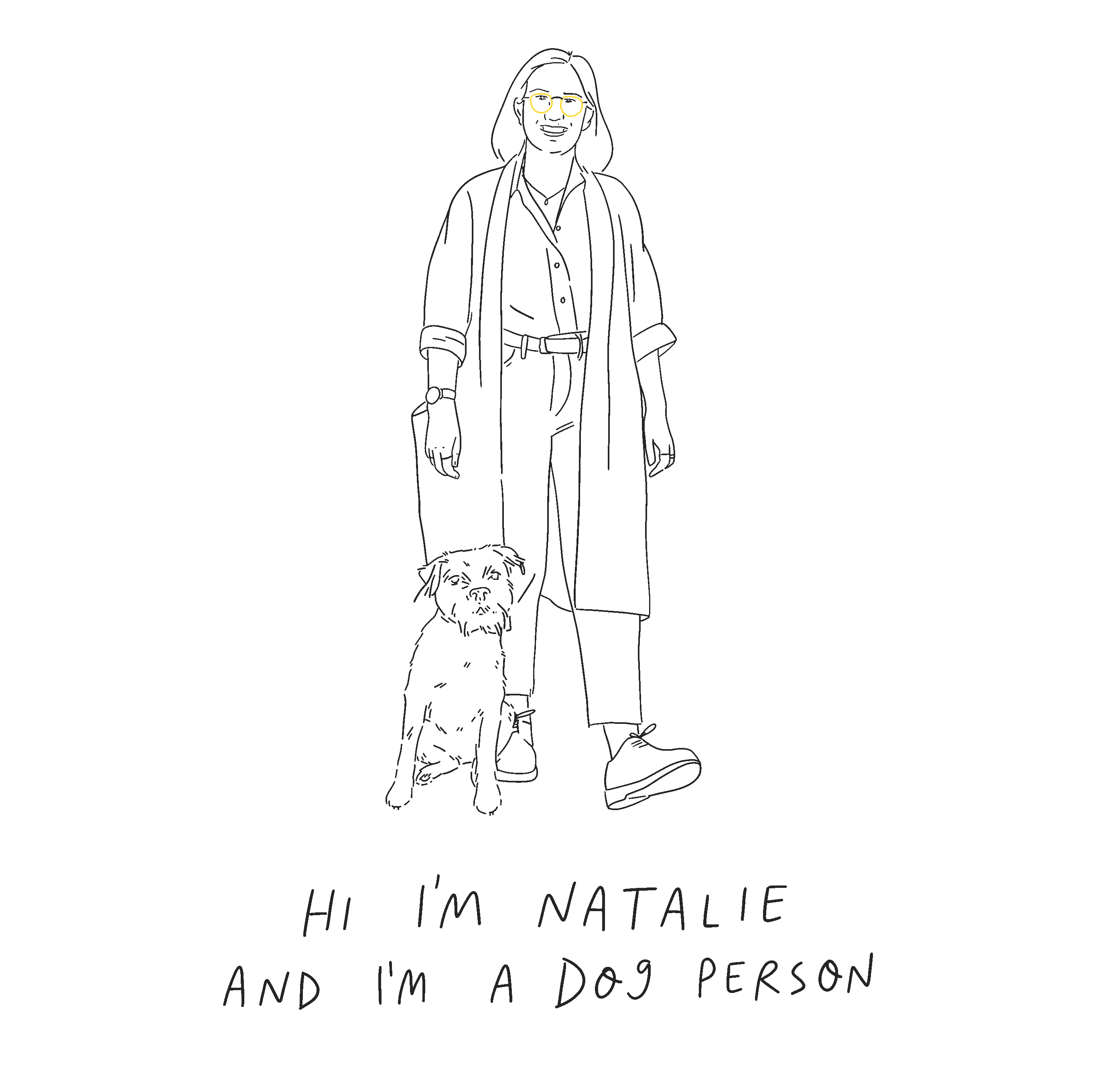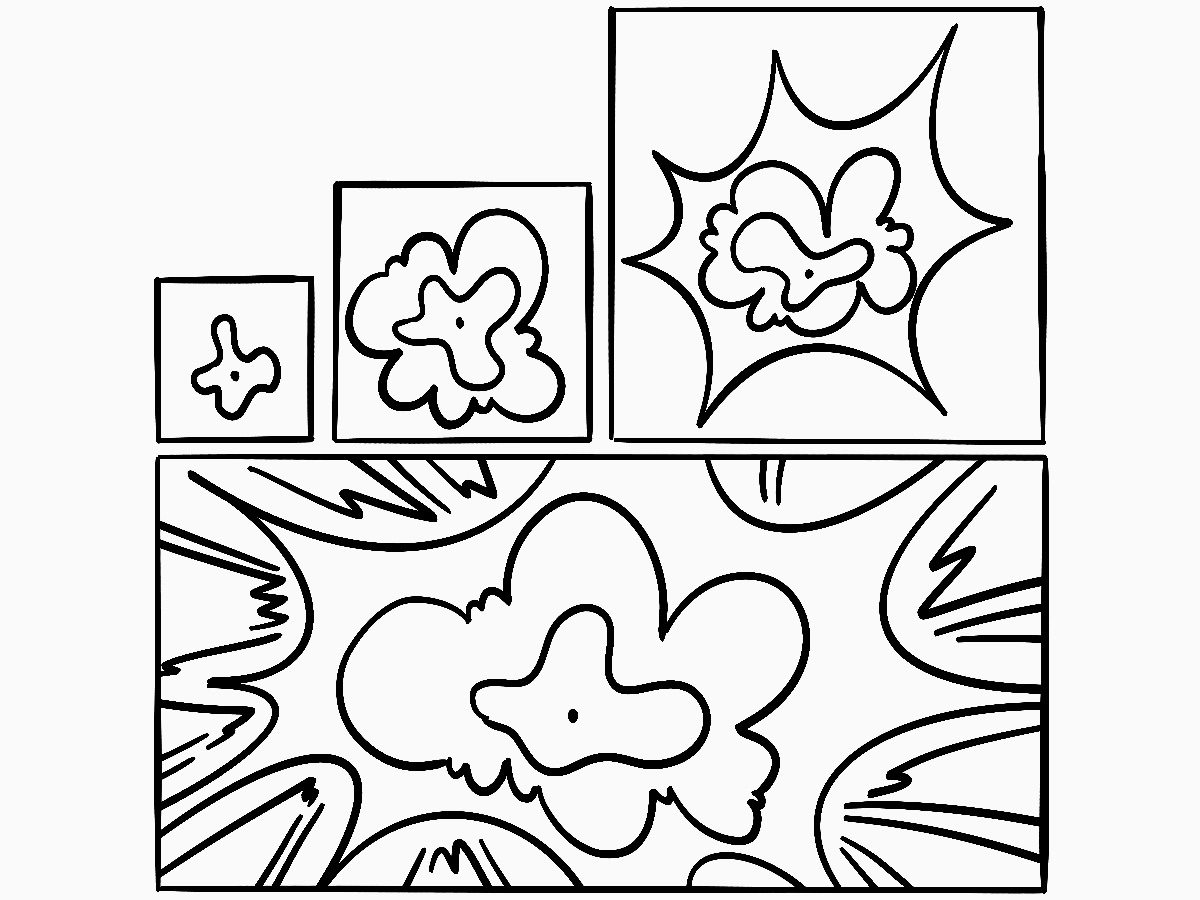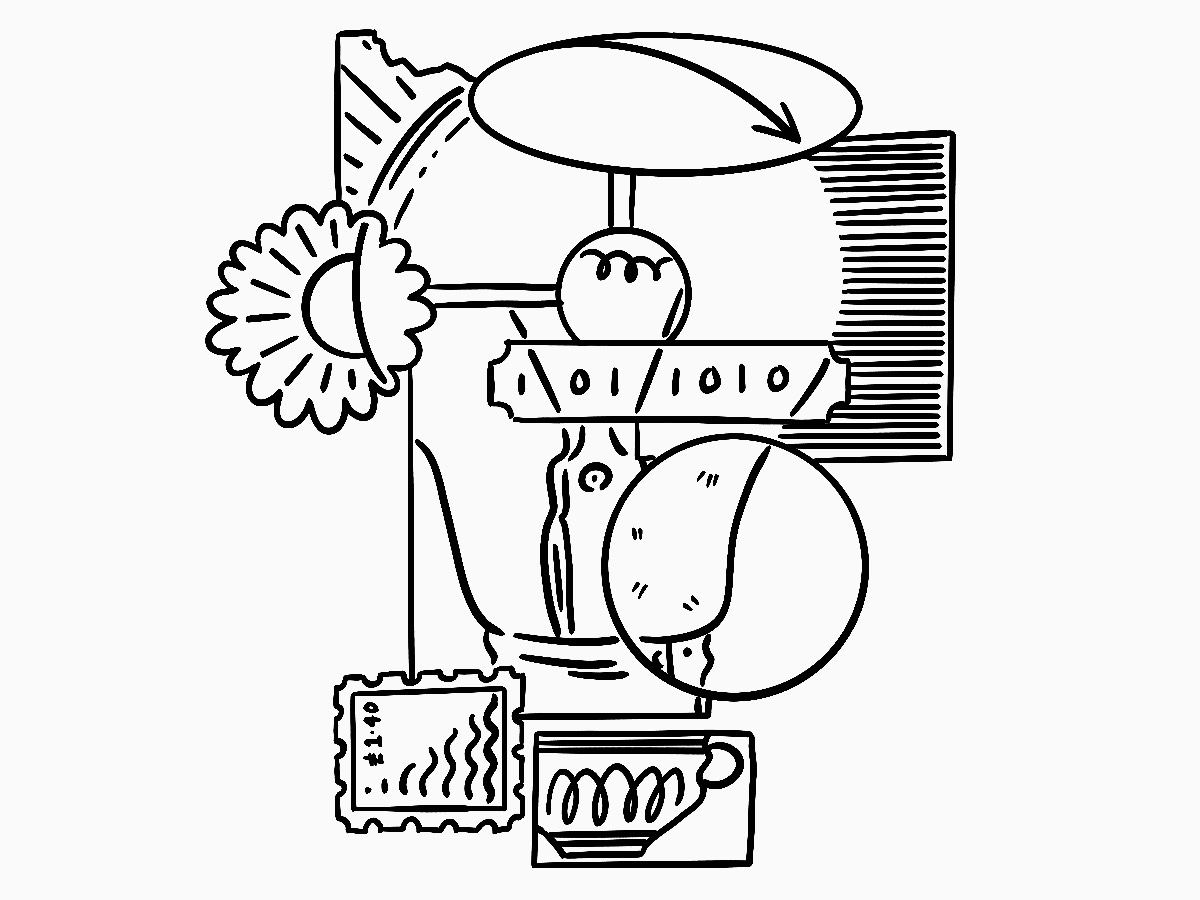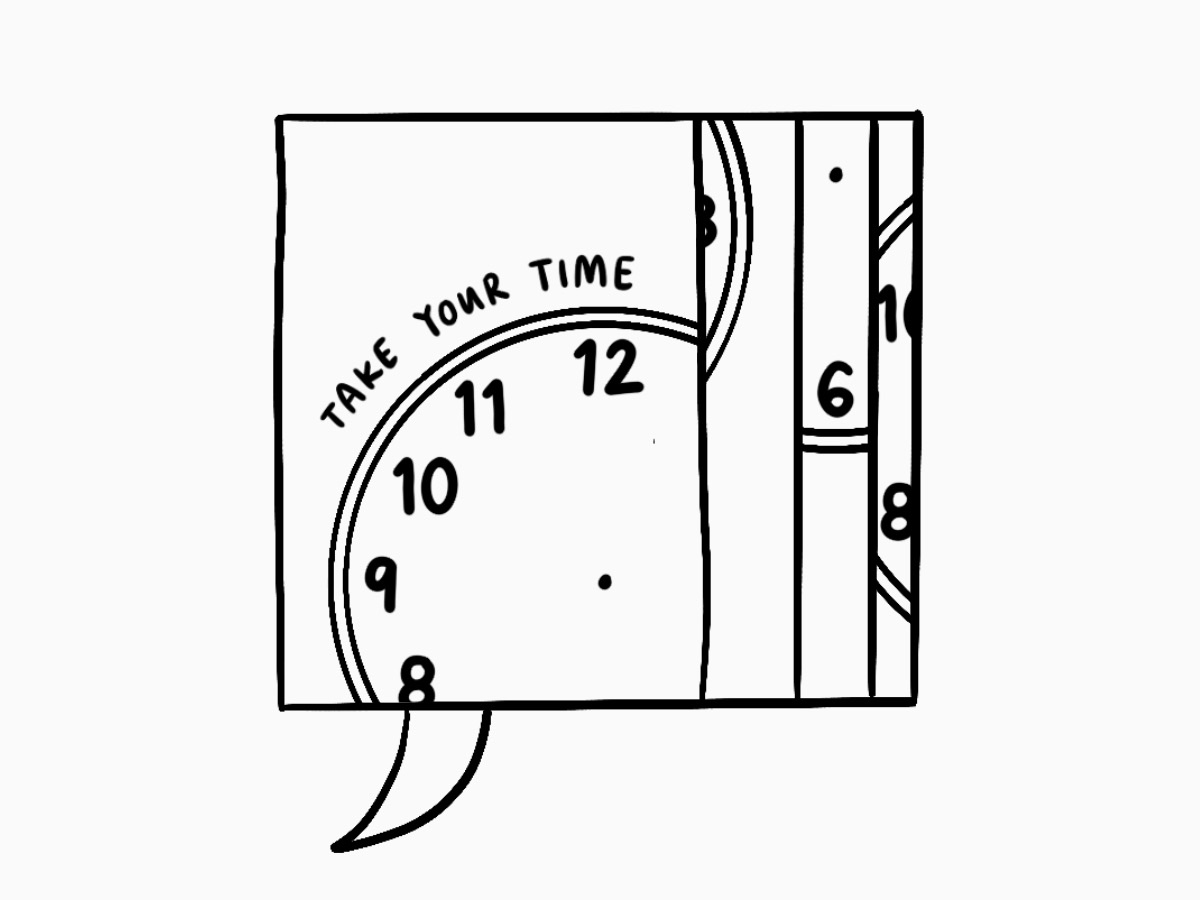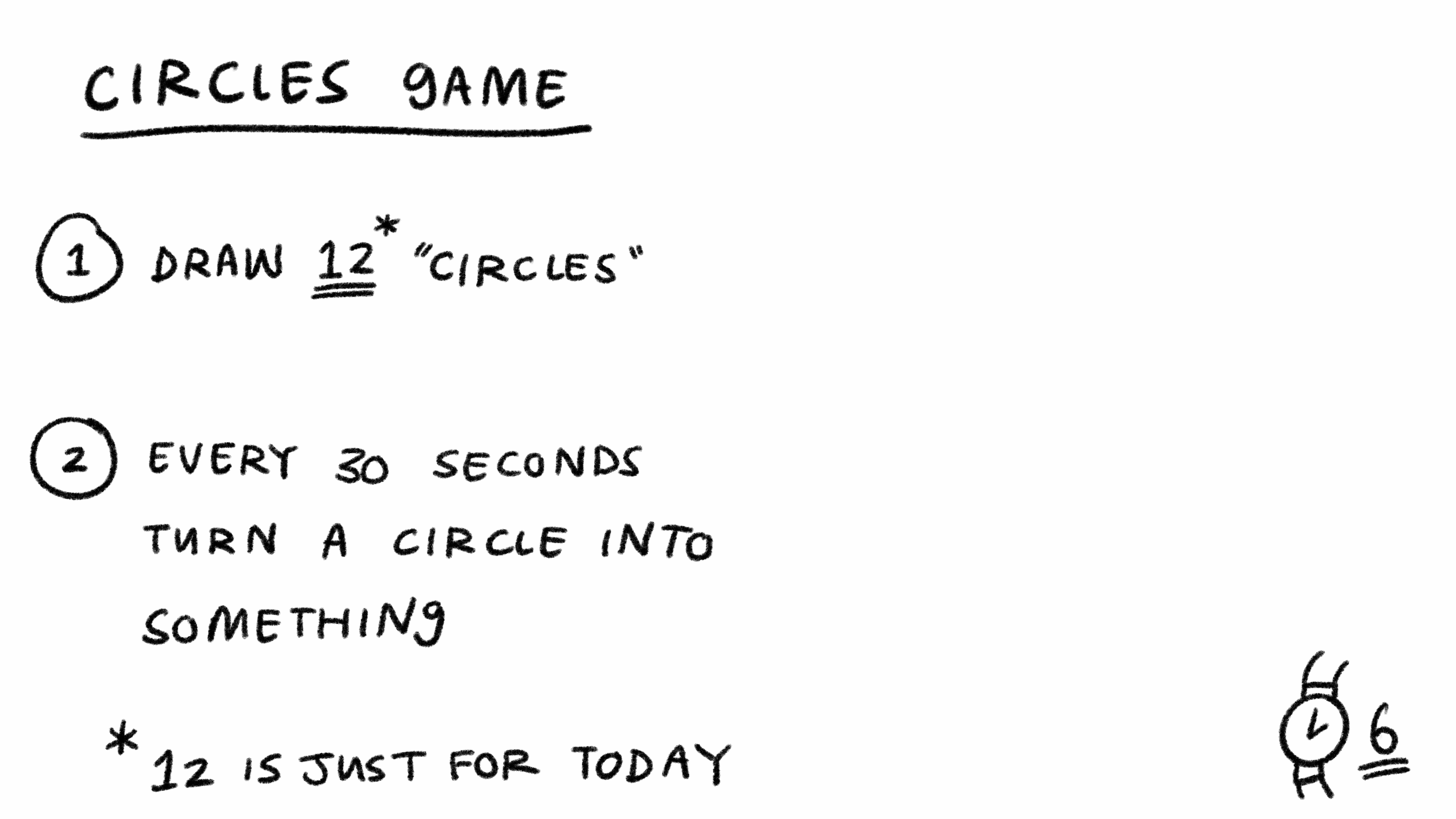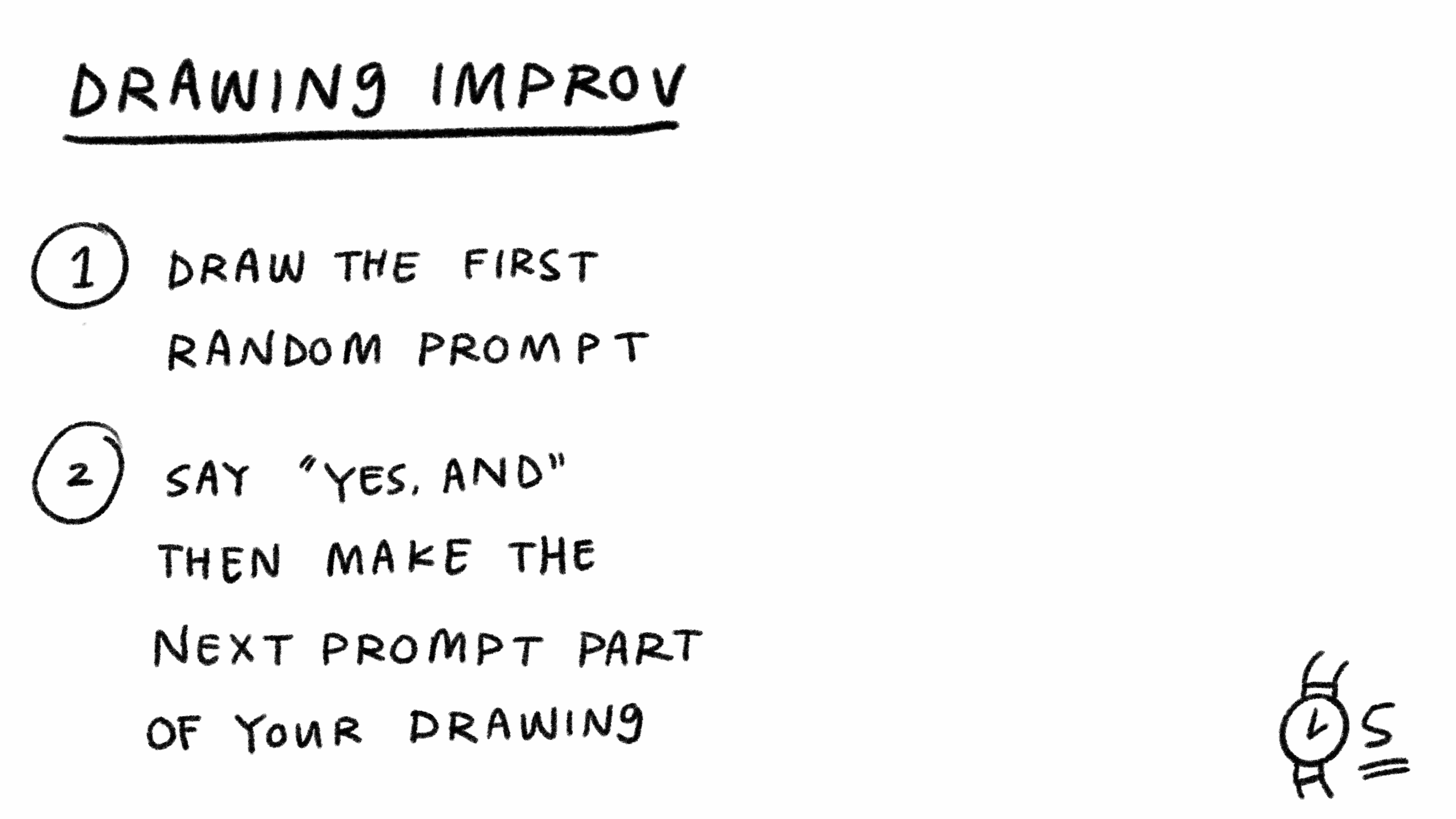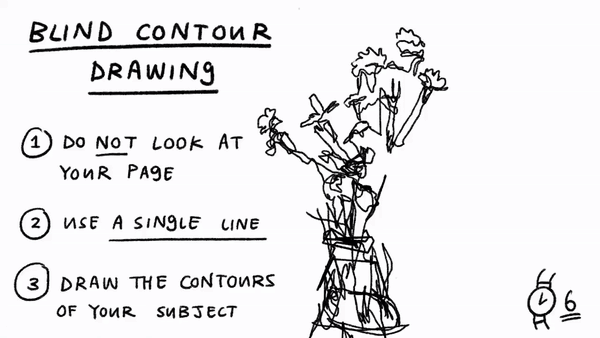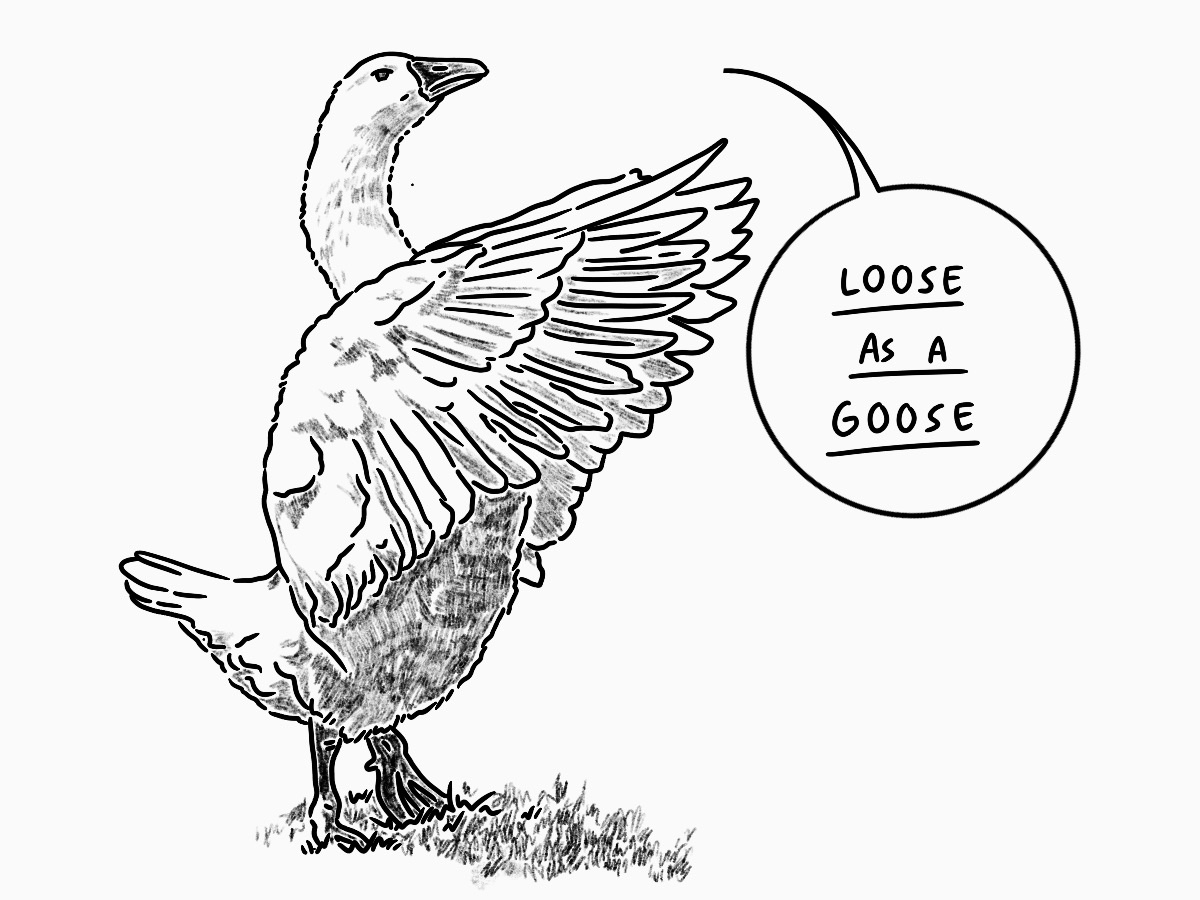I’ve been making things for The Browser, the world’s favourite curation newsletter and site, for at least 6 years now. They’re by far my longest running client. They’ve been a part of my illustration journey for so long now that I hadn’t actually stopped to think about how long we’ve been working together or quite how much we’ve made.
My work for The Browser started with making visuals for quotes they shared on their facebook page, back when facebook pages were key. These were a mix of collages and illustrations. We did that for a while. But it was really just a gateway into what we do now.
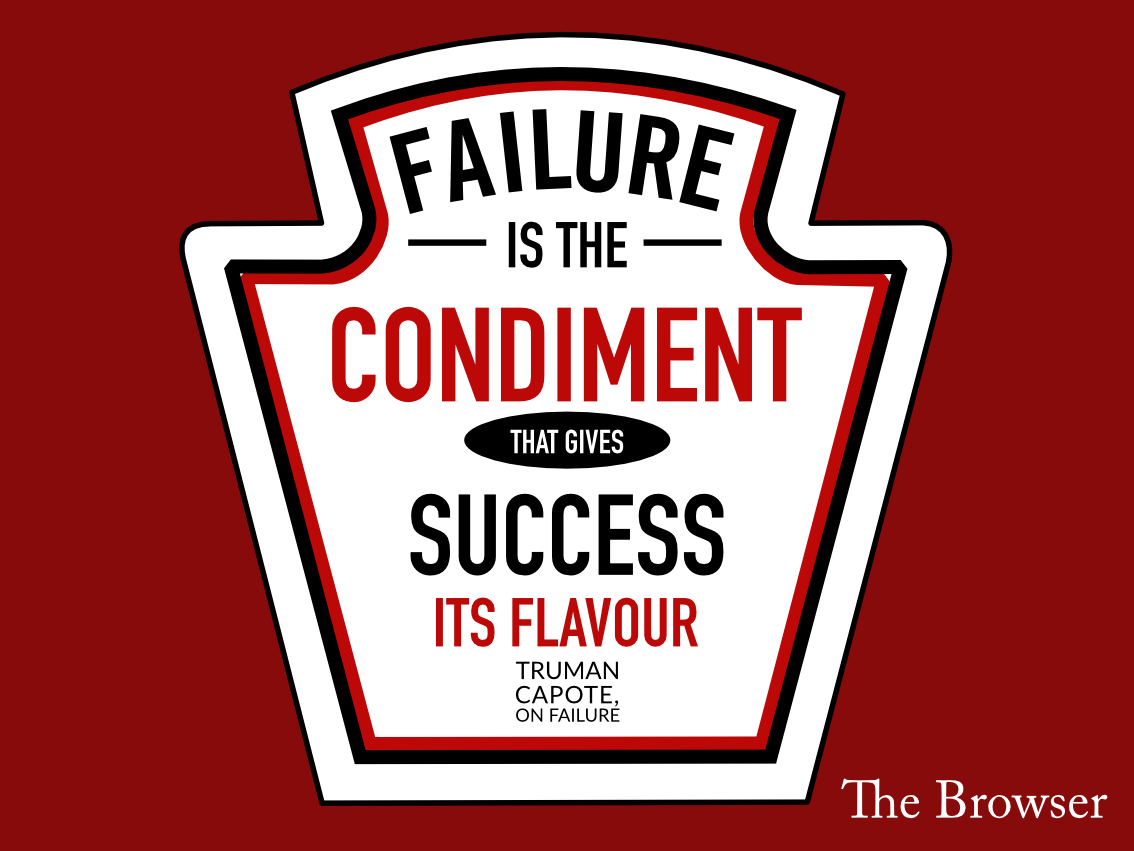
I’m not quite sure when I was introduced to Cecily the giraffe, but we quickly became a team and almost all of my work with The Browser since has centered on Cecily. I’ve worked Cecily into banners, crosswords, countless illustrated scenes, and now they even have their own merch.
We have worked on a few other projects over the years too. The Browser were the first company to ask me to draw them a set of staff portraits. Plus as they’ve grown to include more audio recommendations as well as articles, so has the cast of illustrated characters in The Browser family.

My work with The Browser has led to lots of other brilliant projects too either through people noticing my work there or recommendations.
But we usually come back to Cecily, and I’m pretty happy about that. While my work with The Browser isn’t something that I share all that much, I have so much fun working out how to make Cecily a part of so many different universes whether that’s having to work out how a giraffe would ride a sled, what Cecily china patterns might look like or just having the chance to draw a dancing giraffe. They’re briefs I wouldn’t get from anyone else and would never think to try myself. It’s my longest running client relationship, but it’s still something that’s refreshing.
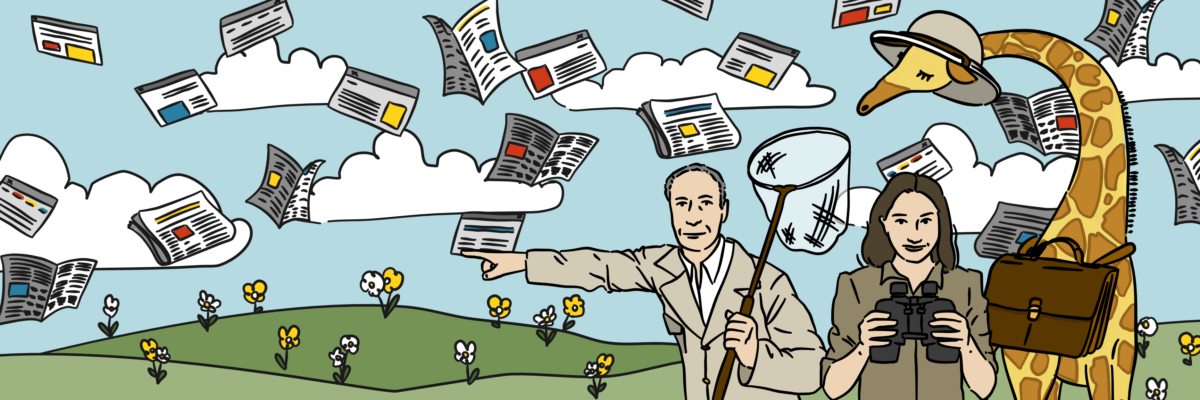
As I was reflecting on all the work we’ve done together, I realised how much I’ve changed through that work and how much I’ve learned. So, here are some of the lessons I’ve taken away from working with the same company for over half a decade.
Don’t let getting comfortable become a rut
I had been drawing Cecily with their eyes closed for years, because that’s just how they looked. It was their blue steel. It wasn’t until I was prompted, that I attempted to draw them with their eyes open. I kind of loved it. It was magnum. It’s easy to slip into a way of doing things that feel comfortable when you’ve been doing a job for a long time, but don’t be afraid to take on suggestions and try something new.
Make new projects work for you and your client
When you work with someone or a team for a long period of time you build trust and that trust can give you freedom. I was only just starting to refer to myself as an illustrator when I took Cecily by the hoof and I was given the task of drawing a world for them. If there’s a new way of working or something you want to do more of, your trusted clients are the people to suggest them to and try them out with because giving you room to grow together is great for you both.
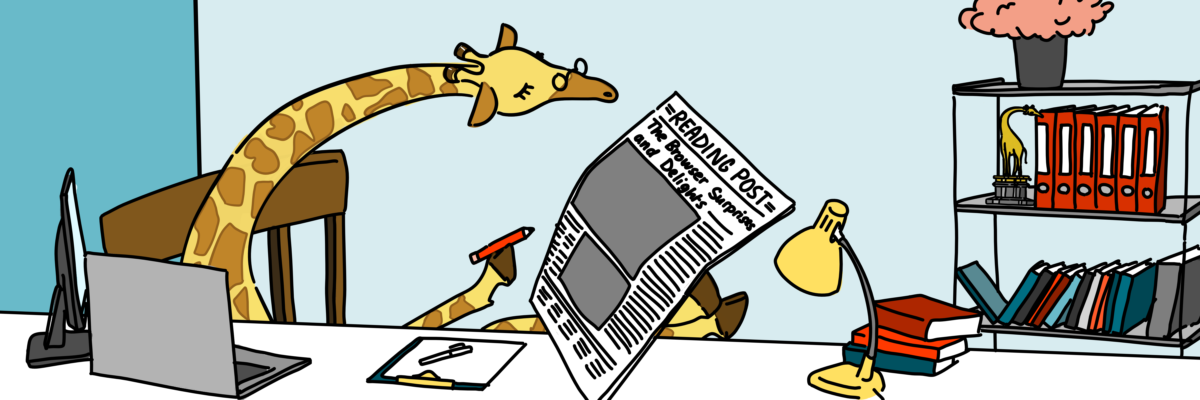
New clients aren’t always the most important clients
Work for new clients always feels urgent. You want to make a good first impression. There’s a rush of excitement and nerves. But that shouldn’t come at the expense of those longer term relationships. As I said earlier, the work I’ve done for The Browser has often led to those new clients and it’s good work to do. I’ve asked to push back work for other clients so that I can prioritise The Browser (and vice versa) because they’re equally important. I think clear communication is the foundation of that. You have to do what you say you will by the date you said you’d do it, and every now and then you need to throw in a little razzle dazzle.
Keep finding the joy
I think 6 years of drawing the same giraffe could easily have become boring. There are certainly moments where I get deja vu. But you have to actively look for the fun. I love a good pun or sneaking something silly into an image to keep it interesting for me while I’m working, like having Cecily make a giraffe snow-giraffe rather than a snowman in our latest winter series. I can and will draw a silly hat on anything.
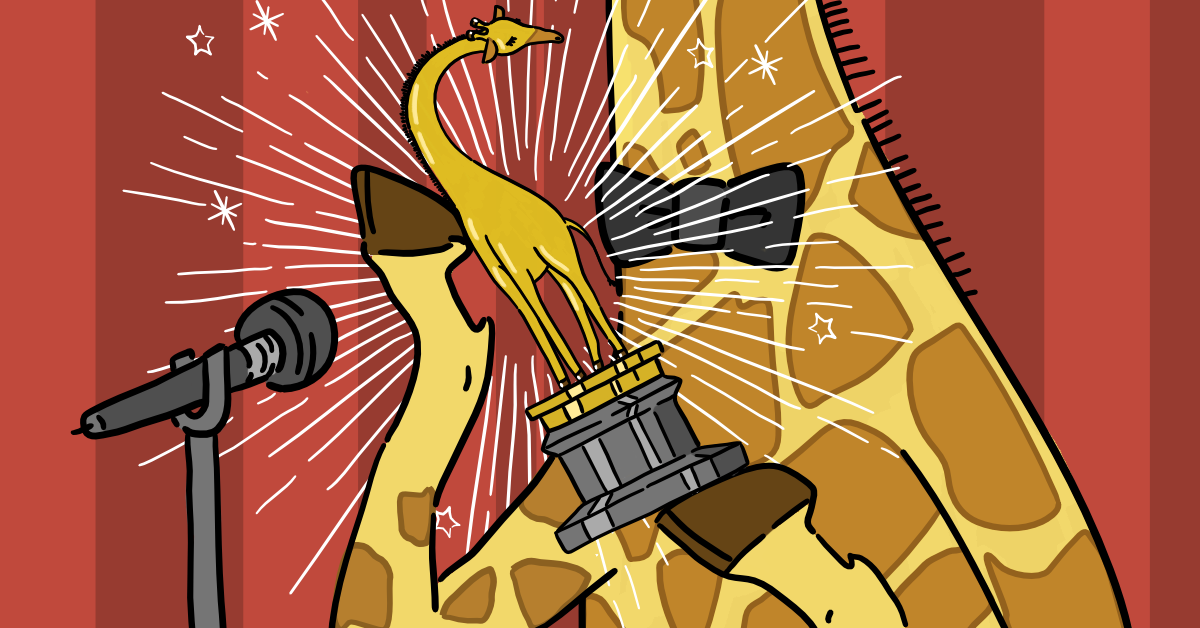
If you want to see more of Cecily and get some delightful reading recommendations sent to your inbox, The Browser really is brilliant.


